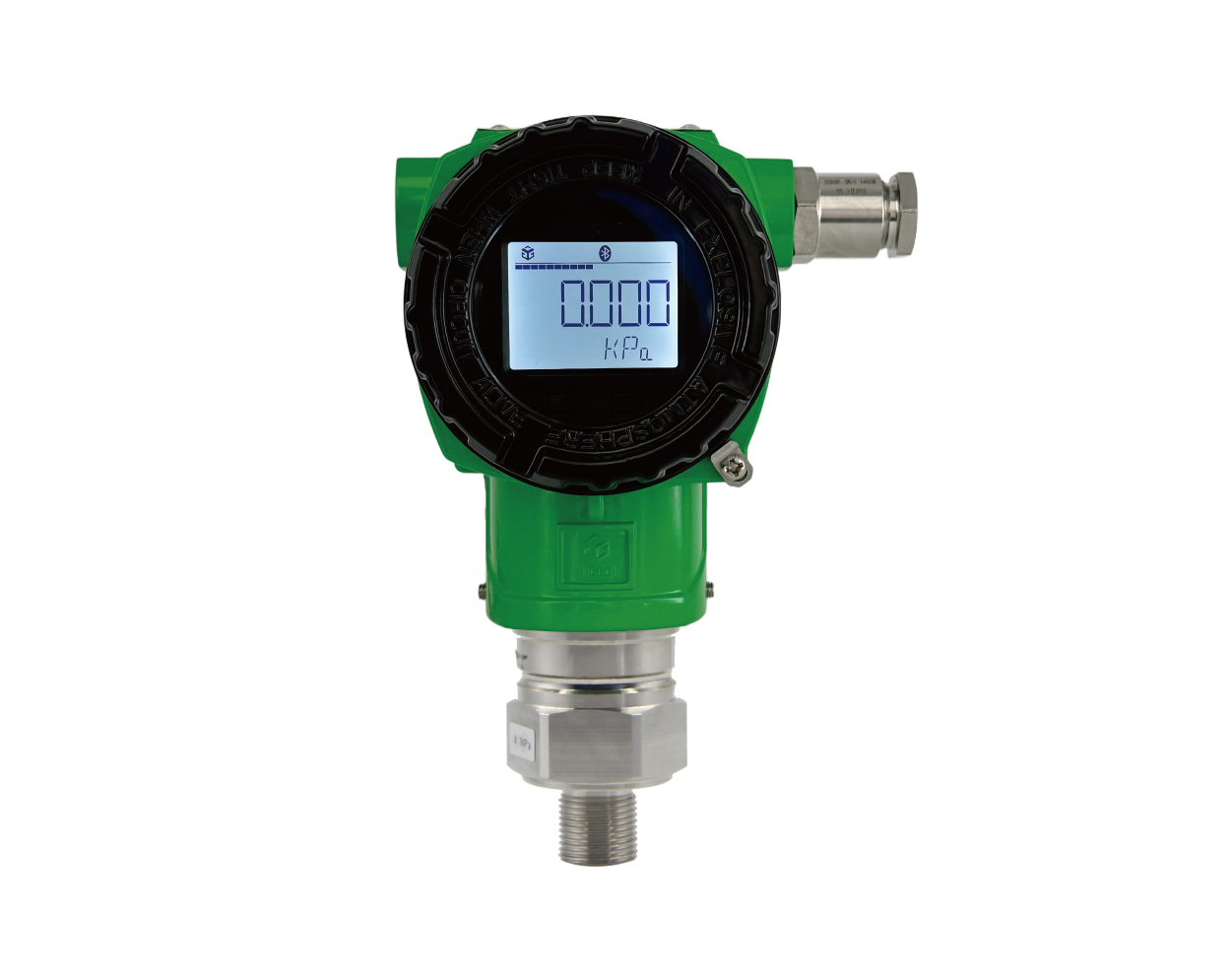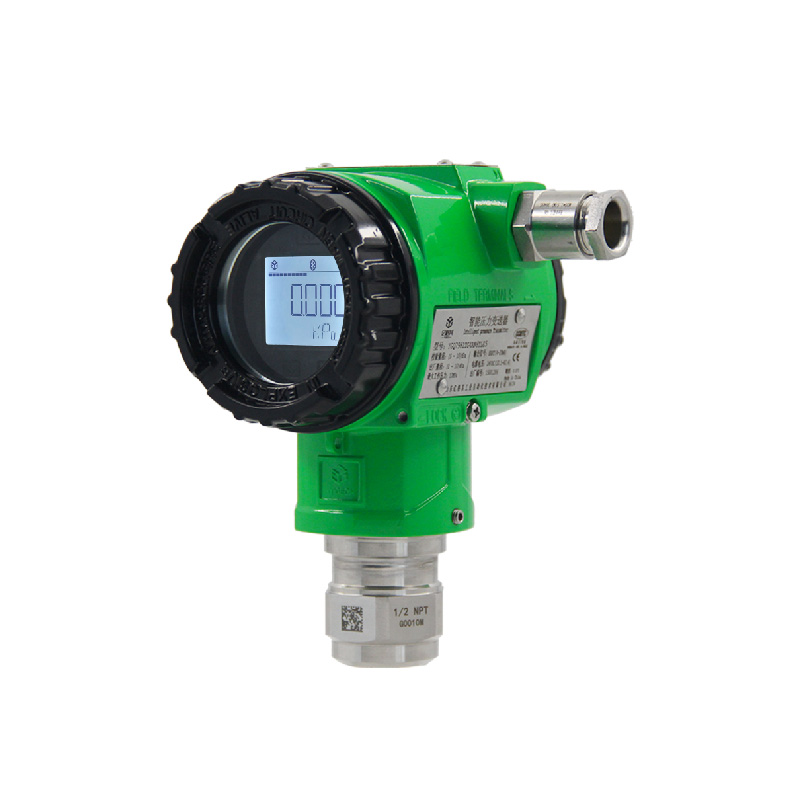In the field of industrial automation and process control, pressure transmitters play a crucial role, responsible for accurately measuring pressure and converting it into electrical signals, providing critical data support for numerous industrial processes. However, temperature variations can have a significant impact on the measurement accuracy of pressure transmitters, making temperature compensation a vital aspect in the technology domain of pressure transmitters. Next, Yigeqi will delve into the principles and methods of temperature compensation for pressure transmitters, as well as its importance in practical applications.

The Principle of the Impact of Temperature on Pressure Transmitter Measurement
The physical properties of the sensing elements in pressure transmitters, such as strain gauges and capacitive sensors, will change with temperature. Taking strain gauges as an example, a change in temperature will cause the resistance value of the strain gauge to change. Even when the pressure remains constant, this change in resistance will make the pressure transmitter output an incorrect signal, as if the pressure had changed. For capacitive pressure transmitters, fluctuations in temperature will alter the properties of the medium between the capacitor plates and the geometric dimensions of the plates, thereby affecting the capacitance value and further interfering with the accuracy of pressure measurement. In addition, the performance of the electronic components inside the pressure transmitter, such as amplifiers and signal conditioning circuits, will also be affected by temperature, further exacerbating the generation of measurement errors.
Main Methods of Temperature Compensation for Pressure Transmitters
(I) Hardware Compensation Methods
1.Using Temperature-Sensitive Elements
Integrate temperature-sensitive elements, such as thermistors or thermocouples, inside the pressure transmitter. These temperature-sensitive elements can monitor the temperature changes in the environment where the transmitter is located in real time. Through pre-calibration to obtain the relationship curve between temperature and the characteristic changes of the pressure-sensing elements, the pressure measurement signals can be corrected in the signal processing circuit using this curve. For example, when the temperature rises and causes the resistance of the strain gauge to increase, based on the temperature value measured by the thermistor, the output signal of the strain gauge can be adjusted in the opposite direction in the signal conditioning circuit to offset the impact of the temperature change.
2.Special Materials and Structural Design
Select materials with low temperature coefficients to fabricate pressure-sensing elements or their key components. For example, some new ceramic materials have minimal changes in their physical properties over a wide temperature range and can effectively reduce the interference of temperature on pressure measurement. Meanwhile, in terms of structural design, use temperature compensation chambers or thermal insulation layers to reduce the direct impact of external temperature on the sensing elements. For instance, in a capacitive pressure transmitter, a thermal insulation layer can be set up to make the temperature of the capacitor plates relatively stable, thereby reducing the capacitance value fluctuations caused by temperature.
(II) Software Compensation Methods
1.Compensation Based on Mathematical Models
Establish a mathematical model among pressure, temperature, and output signals of the pressure transmitter through a large number of experiments and theoretical studies. Run the algorithm of this mathematical model in the microprocessor of the pressure transmitter and perform compensation calculations on the pressure measurement results according to the real-time measured temperature values. This method has high flexibility and adjustability and can optimize personalized models for different characteristics and application scenarios of pressure transmitters. For example, for pressure measurement in the aerospace field with high precision requirements, a more complex and accurate mathematical model can be established to ensure the accuracy of pressure measurement under extreme temperature conditions.
2.Look-up Table Method
Pre-store a temperature compensation table in the storage unit of the pressure transmitter, which records the correction coefficients of pressure measurement values at different temperatures. During the actual operation process, look up the corresponding correction coefficients according to the real-time measured temperature values and correct the pressure measurement signals. This method is simple in calculation and fast in speed, and is suitable for industrial application scenarios with relatively small temperature change ranges but high requirements for response speed, such as pressure monitoring in industrial automation production lines.

The Importance of Temperature Compensation in Practical Applications
(I) Improving Measurement Accuracy
In industries such as chemical, pharmaceutical, and petroleum, many production processes have extremely high requirements for pressure measurement accuracy. Accurate pressure measurement is a key factor in ensuring product quality and production safety. For example, in chemical synthesis reactions, a tiny pressure error may lead to reaction out of control, unqualified product quality or even cause safety accidents. Through effective temperature compensation, pressure transmitters can provide accurate and reliable pressure measurement data under different temperature environments, keeping the production process under control at all times and improving the product qualification rate and production efficiency.
(II) Expanding the Application Range
The application of temperature compensation technology enables pressure transmitters to work normally in a wider range of temperature environments. Whether in the high-temperature steel smelting industry or in the low-temperature refrigeration and liquefied natural gas storage fields, temperature-compensated pressure transmitters can stably and accurately measure pressure, thereby providing powerful data support for the automation control and production management of these industries. This greatly expands the application areas of pressure transmitters and meets the diverse needs of different industrial scenarios for pressure measurement.
(III) Extending the Service Life of Equipment
Temperature changes-induced measurement errors and internal stress changes will accelerate the aging and damage of the internal components of pressure transmitters. Through temperature compensation, the adverse effects of temperature on the transmitters are reduced, the working pressure and wear of the components are decreased, and thus the service life of the pressure transmitters is extended.


